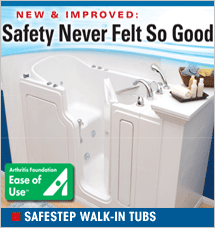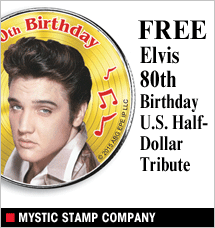
How you think about your pain has a lot to do with its intensity, neurologists say. They use special technologies to scan the brain to find this information.
According to Dr. Sean Mackey of Stanford University, chronic pain affects some 116 million Americans and costs our economy $630 billion a year in medical expenses. Behind these statistics are individuals who are suffering every day with pain. At a presentation for the National Center for Complementary and Alternative Medicine (NCCAM ), part of the National Institutes of Health, Dr. Mackey presented examples to show how the brain responds to the experience of pain and how cognition, context, mood, and individual differences can affect pain intensity and response.
Seniors are especially susceptible to pain. As discs in the spine slip and press on a nerve, the pain can be excruciating and long lasting. And as joints begin to wear out, almost any activity can hurt. You’re probably familiar with one or both examples. At Stanford University’s Neuroscience and Pain Laboratory, pain sufferers can watch their own brain react to pain and learn how to control the pain to a reasonable extent.
While some therapies, such as meditation or relaxing exercises, can have some effect on pain, a person’s attitude, or his or her circumstances can change the degree of pain. For example, a seriously injured person can overcome their own pain at least temporarily to save someone else in danger – a husband badly burned in a house fire can carry his wife to safety, forgetting his own pain.
“There’s a growing recognition that drugs are only part of the solution and that people who live with chronic pain have to develop a strategy that calls upon some inner resources,” says Dr. Josephine Briggs, head of the NCCAM.
For many conditions, and for many individuals who are suffering from chronic pain, conventional medical approaches provide incomplete relief. Furthermore, a high rate of adverse effects often accompanies pharmacologic treatment with non-steroidal anti-inflammatory drugs or opioids, Briggs pointed out. A major area where complementary health practices are showing promise is in the management of chronic pain.
Recently, the American Pain Foundation (APF) launched a new program as part of their PainSafe initiative on the use of complementary approaches to manage pain. NCCAM collaborated with APF on that educational tool, Dr. Briggs said. The study of the brain opens new areas of discovery in learning about many complementary approaches to health and well-being.
Dr. Briggs said she was intrigued about the potential of modern neuroscience to uncover insights into such questions as: “Why can a pill placebo, a reassuring voice, or the expectations elicited by the ritual and counter-irritant effect of the acupuncturist — why can all these things so profoundly modify pain? I’m eager to tackle the difficult problem of figuring out how these effects can be utilized to benefit patients in pain.”
Have you heard about using magnets for pain relief? They have been used for health purposes for hundreds of years. Centuries ago, Greek physicians were using magnets to treat arthritis and magnetized pills to stop bleeding. In the Middle Ages, doctors used magnets to treat gout, arthritis, even baldness. So-called healers used magnets to treat everything from sleeplessness to kidney problems.
Today, magnets are widely marketed for pain control -- inserted in shoe insoles, skin patches and mattress pads, as well as to place on various areas of the body. Scientific studies of magnets’ effects are mixed. Although, like a placebo, if you are convinced they work, they may give you some relief.
Magnets are considered safe if applied to the skin. But for people who have pacemakers, for example, a magnet could interfere with the device and be dangerous.
Tait Trussell is an old guy and fourth-generation professional journalist who writes extensively about aging issues among a myriad of diverse topics.
Meet Tait



























































